IAC News
IAC News No.90, April 2020
Japan Society of Civil Engineers International Activities Center April 1, 2020 IAC News No.90
Recent Activities in IAC
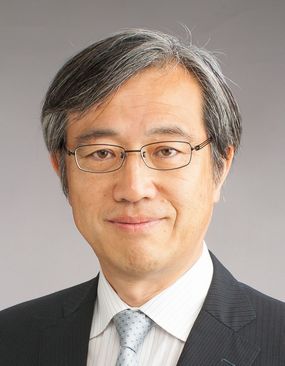
Hitoshi Tanaka
(Senior Director, IAC)
I was appointed to be Senior Director of IAC in 2019 as a successor of Professor Tamon Ueda, who served as Senior Director since its foundation in 2012. On behalf of JSCE, I would like to express our great appreciation for his considerable contributions to IAC.
I herewith would like to report our recent activities in IAC. First of all, it is establishment of Steering Committee for IAC. IAC’s activities has been implemented by five subcommittees, namely Information Networking, International Communication & Collaboration, Professional Development and Education Program, International Student Networking, and Project, along with Executive Meeting consisting of IAC Senior Director and Directors who are the head of each subcommittee. The newly established Steering Committee, launched in July, 2019, has a responsibility as a decision-making body for management of IAC, by collaborating with JSCE President and JSCE Executive Council.
Secondly, further involvement of IAC in JSCE Annual Meeting. During the past JSCE Annual Meeting, international activities have been organized by IAC such as International Roundtable Meeting, International Section Meeting, and International Summer Symposium. However, such international activities has been incidental to main events for Japanese participants, and accordingly, these international events has been held in parallel with other events mainly for those participants. Considering the importance of international activities and also the necessity of international exchange, JSCE decided to organize an international panel discussion targeting both Japanese and non-Japanese during the 2020 JSCE Annual Meeting in Nagoya. Looking forward to meeting you all at that panel discussion!
【Reported by Hitoshi Tanaka (Tohoku University), Senior Director, IAC】
Academic Activities Closely Related to Citizens' Lives Civil Engineering Fureai Festa in Akita
On Saturday, January 18, 2020, the “Civil Engineering Fureai Fiesta” (hereafter referred to as “Festa”) was held at AEON MALL Akita (Goshono, Akita City) 1F Center Court, becoming the third venue to host the event (Figure 1).
The aim of the Festa is to have the participants see, touch, hear, and think for themselves as much as possible while becoming familiar with civil engineering under the theme of ‘civil engineering that supports our lives and safety’.
Starting at ALVE (Akita City, Akita Prefecture) in April 2009, this is the 13th Festa. As an event to convey the appeal of civil engineering through various “experiences” and so on planned by the committee members, the Festa is held once a year at multi-purpose commercial facilities nationwide with the cooperation of the Tunnel Engineering Committee and the support of related local governments.
On this occasion, nine Juniors of Akita University enrolled on the concrete engineering course participated as capable assistants with the cooperation of the Akita Branch of the Tohoku Chapter of the Japan Society of Civil Engineers.
The Festa consists of hands-on (tunnels, bridges, pedometers, liquefaction, playing cards) and exhibition-type (civil engineering heritage panels, hazard maps, coloring-in) content, and places quizzes inspired by these activities at various locations throughout the venue. The Festa is designed so that participants can take part in everything by answering the quiz questions in a rally style format.
Above all, the hands-on experiments were popular with the children.
In the “Bridge Test”, participants can experience checking the strength of arches and trusses through loading tests (Photo 1).
In the “Liquefaction Test”, sand was leveled in a water tank to form the ground, a model of a house and manhole was placed on top of it, and an artificially-simulated earthquake was generated by a piece of vibration apparatus. The staff would then explain the mechanism of the model while participants watched the model on the sand buried by liquefaction before their very eyes (Photo 2). The participants would gasp in surprise when the sand actually liquefied.
In the “Tunnel Test”, a tube of thin paper wound in a circular, square, or triangular shape was inserted into an acrylic box hollowed out in the same aforementioned shapes before them pulling the tube out. The test is to compare the strength level by seeing which shaped thin paper can maintain its form without yielding to the pressure of the sand (Photo 3). Participants seeing that only the round shaped paper will not be crushed by the sand reach an understanding of why tunnels are round.
In the “Pedometer Test”, participants firstly measure the length of their step. Next, the “secret distance” is calculated by multiplying the number of steps in the “secret distance course” by one’s own step length. Parents and children enjoyed measuring while competing to get the most accurate measurements.
According to the results of the questionnaire, the contents related to the “Experience Zone” were well received (Figure 2), and the number of participants was 364 with many young parents with children (Figure 3).
For children, the Civil Engineering Card Game - a cute picture card and easy-to-understand commentary on civil engineering terms (produced by the committee) (Photo 5) - and the pedometer were popular. Meanwhile, with adults, the “Tunnel Test” and “Liquefaction” activities where one could experience construction principles first-hand proved to be big hits.
Through this event, we were able to get members of the general public to understand what civil engineering is, and at the same time the staff members were able to reaffirm the thoughts of the general public regarding the role of infrastructure as well as interact with them.
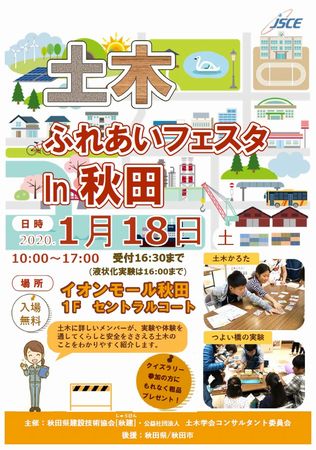
Figure 1 Event Flyer
[Voice of Participants]
・It was a very good event to learn about everyday trivia such as ‘Why is a tunnel round?’
・It was fun to gain an understanding of things by actually seeing and experiencing things I didn't understand before.
・I felt that civil engineering plays an important role in our lives.
・I often see tunnels and bridges, but I have wondered why they are the shape they are, so I learned a lot from it.
・I thought that I’ve taken civil engineering for granted and that these people are working extremely hard for my benefit. I’m very grateful!
・It reminded me of the time of the Sea of Japan Earthquake and made me aware of the importance of disaster prevention.
・It was fun to be able to learn something while experiencing it in a casual manner.
・My children’s father works in civil engineering. I’m glad they were able to learn a little about their dad's work. It was fun, with many tests which one could experience firsthand. Thank you very much.
・It seems that there are few people who are conscious of civil engineering in everyday life, but I felt that if you look carefully, civil engineering is indispensable to our lives and that it is thanks to civil engineering that we have convenient lifestyles. I was able to learn a little about civil engineering.
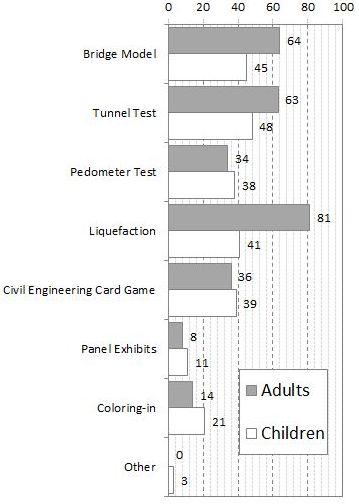
Figure 2 Results of Impressionable Contents (multiple answers allowed)
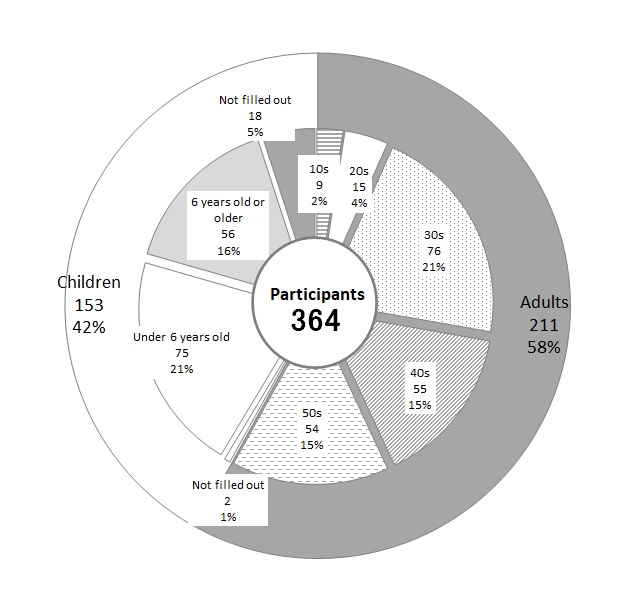
Figure 3 Results of Questionnaire: Age Rang
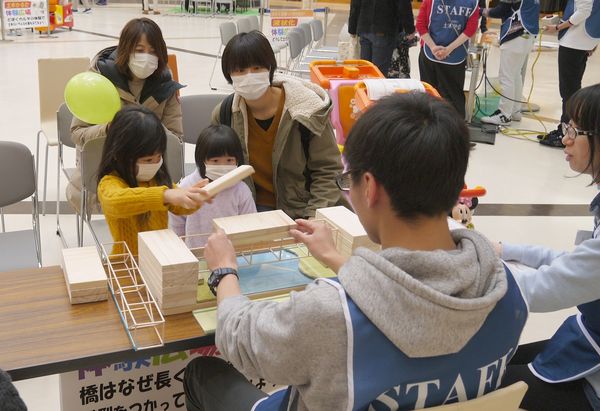
Photo 1 Experience Zone “Bridge Test”
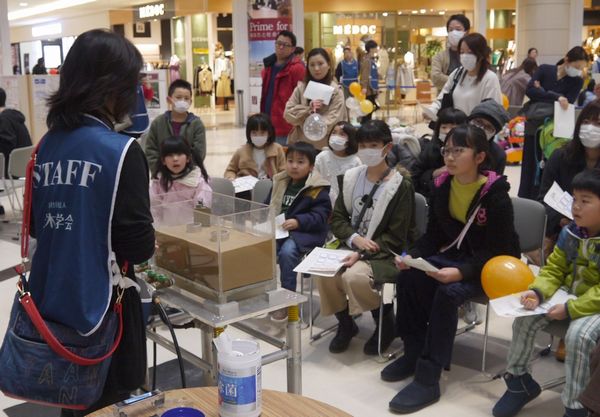
Photo 2 Experience Zone “Liquefaction Test”
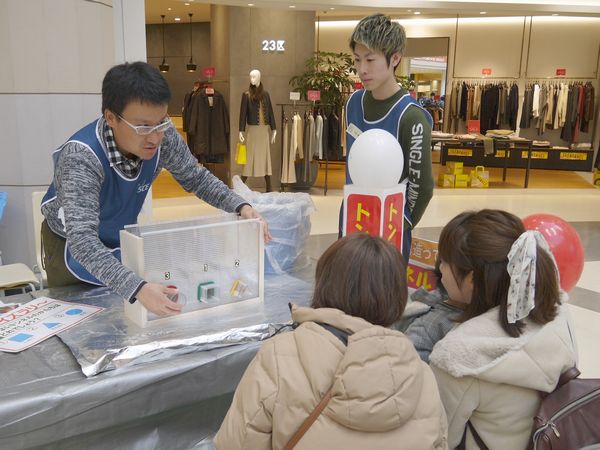
Photo 3 Experience Zone “Tunnel Test”
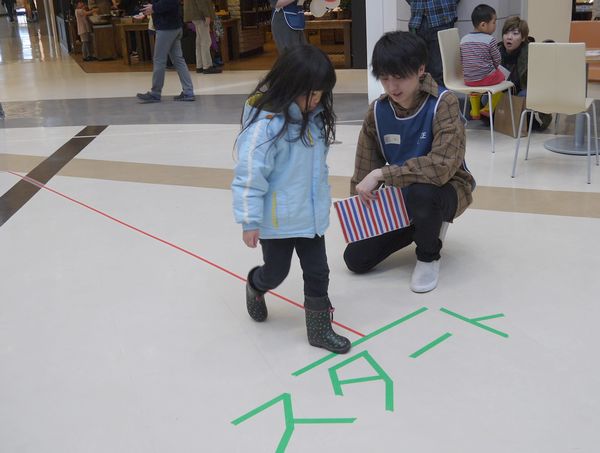
Photo 4 Experience Zone “Bluescreening”
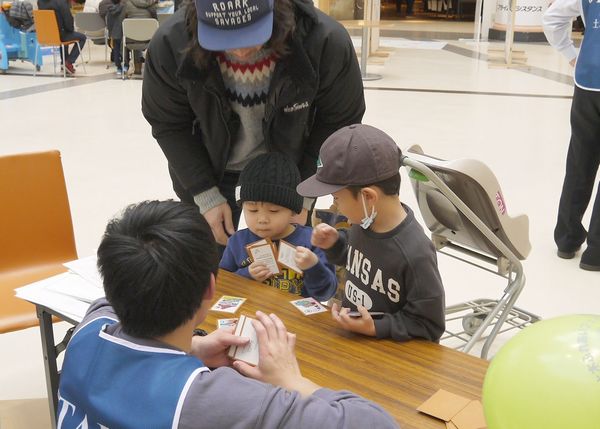
Photo 5 Experience Zone “Civil Engineering Card Game”
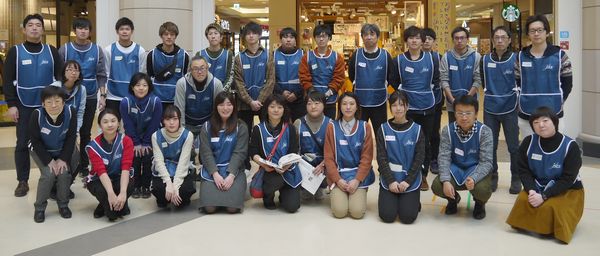
Photo 6 Group Photo of Event Staff
【Reported by Consultant Committee, Citizen Exchange Research Subcommittee, Tohoku Chapter, Akita Branch】
The Committee on Rock Mechanics
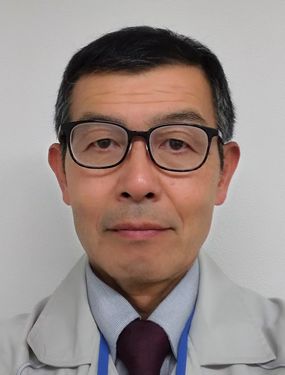
Yoshinobu Nishimoto
(Chair of the Committee on Rock Mechanics)
1. History
The Committee on Rock Mechanics is a long-established committee that was set up in 1963. Its activities range from fundamental areas such as theory and test methods to investigation, design, construction, and maintenance of structures involving works related to rocks, such as dams, tunnels, bridge foundations, slopes, and large-scale underground cavities. Its achievements have been compiled into technical guidelines, case books, etc., which have contributed greatly to society. Its recent activities are outlined below.
2. Investigation and Research Activities
(1) Rock Slope Research Subcommittee
The collapse of rock slopes sometimes causes large-scale disasters, including fatalities and damage to traffic infrastructure. The Rock Slope Research Subcommittee has continuously engaged in activities on this theme. Recently, the Subcommittee investigated methods to identify high-risk slopes, evaluate the stability of slopes, and inspect the targets. In addition, it compiled a casebook, “Collapse of Rock Slope We Should Not Forget,” to pass on the technologies.
(2) Rock Dynamics Subcommittee
Japan has experienced large-scale earthquake disasters once every few years. In order to predict the behavior of rock structures during an earthquake, it is essential to know the dynamic nature of the rocks. In addition to conventional earthquake engineering methods, the Subcommittee is working on estimating the dynamic behavior of rock structures, focusing on the property of discontinuity, and various issues related to the dynamics of rocks such as fault movement and blast.
(3) Committee on Research of Cases Related to Rock Mechanics
Against the backdrop of decreasing large-scale rock projects, two of the most important issues are technology succession and the development of young engineers. Accordingly, the Subcommittee is preparing an easy-to-understand technological book on pure and applied technologies of rock mechanics with reference to actual cases. Voluntary mid-career engineers from industry and academia are working to compile an interesting book with reference also to SNS interfaces.
3. Revision of Rock Mechanics for Civil Engineers
Rock Mechanics for Civil Engineers was originally printed in 1966 and revised in 1978, and has been out of print since then. It has long been the technical book of reference for many engineers. It was decided that a major revision was needed, in view of new knowledge about rock mechanics with technological development since the last revision. The Subcommittee also considered that such works needed to be compiled to pass on the technologies to the next generation. The writing work has just started; the basic edition will be completed in 2022, and the applied edition in 2023.
4. Presentation Activities
(1) Symposium on Rock Mechanics
This symposium is the most important event of the Committee on Rock Mechanics. At this annual opportunity for technology exchanges, young and experienced engineers gather to listen to and actively discuss the presentations on the findings of researchers and engineers engaged in rock mechanics and the achievements of each subcommittee. Excellent papers are recommended for the JSCE Paper Award.
(2) Rock Mechanics Evening Seminar
The Rock Mechanics Evening Seminar is held in the evening several times a year, to present new research and technologies related to rock mechanics, and rock-related projects. The seminar is free of charge and is not only for JSCE members but also is open to the public. The purpose of the seminar is to deepen people’s understanding of rock mechanics and rock projects.
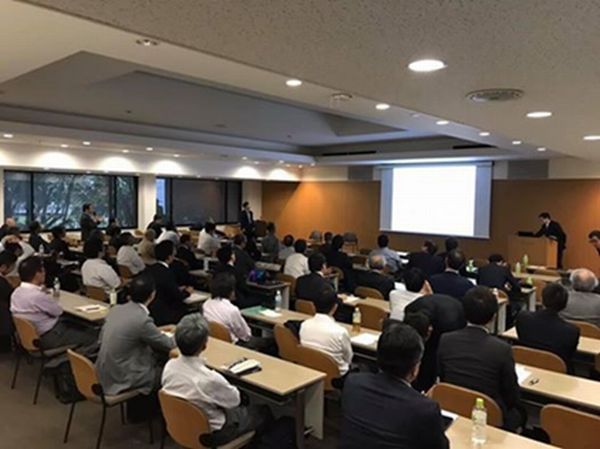
Evening Seminar
【Reported by Yoshinobu Nishimoto, The Committee on Rock Mechanics】
The First Myanmar Women Engineers Summit (MWES 2020)
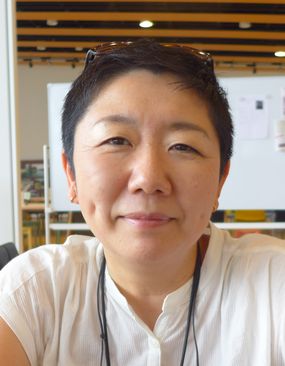
Kiko Yamada-Kawai
(Researcher, Tokyo Inst. of Technology)
The JSCE delegation consisting of Prof. Hitoshi Tanaka, Dr. Thi Ha, Ms. Yukiko Shibuya, and myself, visited Federation of Myanmar Engineering Societies (Fed. MES) in Yangon, Myanmar, from January 15th to 19th, 2020. The missions of the delegation were to attend the Fed. MES Annual General Meeting and to start preparing the third Japan-Myanmar Joint Symposium among Fed. MES, Yangon Technological University (YTU), Ministry of Construction (MOC) and JSCE. As a part of the missions, I, with Ms. Shibuya, attended and networked with our peers at the “First Myanmar Women Engineers Summit (MWES 2020)” on January 17th.
Fed. MES is the integrated organization of engineering societies inaugurated in 1916, by the name of “the Burma Engineering Congress.” After the suspension from 1964, it resumed as “Fed. MES” in 1995. Fed. MES now holds 30 technical divisions, including Myanmar Society of Civil Engineers (MSCE), the JSCE’s counterpart. Its Women Engineers Chapter, the host of the summit, was established in April 2013, aiming to build a large network among women engineers and to encourage them to stay in engineering practice. The members belong to academia, government agencies, and private sector. The summit was held at the Fed. MES building; three keynote speeches and two panel-discussions were offered. More than 400 participants, which was far beyond the capacity of the venue, gathered for the event. At the keynote session, Dr. Marlene Kanga the former president of World Federation of Engineering Organization emphasized on the role of women engineers in SDGs, Prof. Chia-Li Wu, the chair of International Network of Women Engineers and Scientists- Asian and Pacific Nations Network (INWES-APNN), introduced INWES and APNN’s activities, and Dr. Khin Sandar Tun the chairman of Women Engineers Chapter, Fed. MES talked about the development of women engineers in Myanmar. Following them, two panel discussions, one reflecting on Kanga’s presentation and the others on the challenges that women engineers were dealing with. Thanks to the simultaneous translation between Burmese and English, we could grasp nearly everything what was discussed.
Although the share of women engineers has grown to 50% in Myanmar, the issues that they are facing are quite similar to the ones we are facing in Japan where it is 10% for women engineers and 4% for women civil engineers in 2015. Those issues are 1) gaining few networking opportunities for career advancement, 2) raising children while working fulltime being required frequent travel and relocations, and 3) being underrepresented especially at top management levels.
The program was carried out in a warm, welcoming and joyous atmosphere, part of which was attributed to the “Women Engineers’ Song.” We wish to create a similar atmosphere at our upcoming events, especially at the third joint symposium which will be held in Mandalay in this fall.
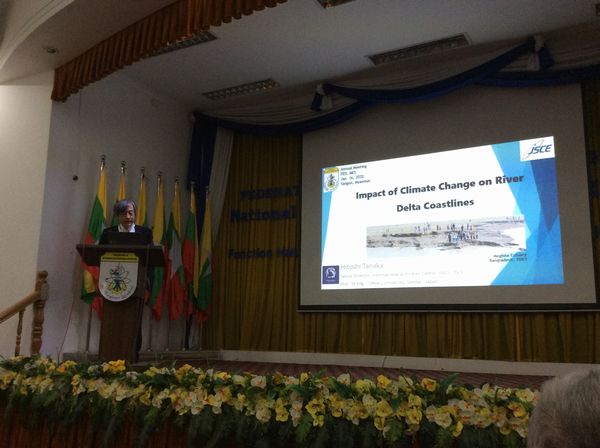
Prof. Tanaka Delivers a Keynote Speech
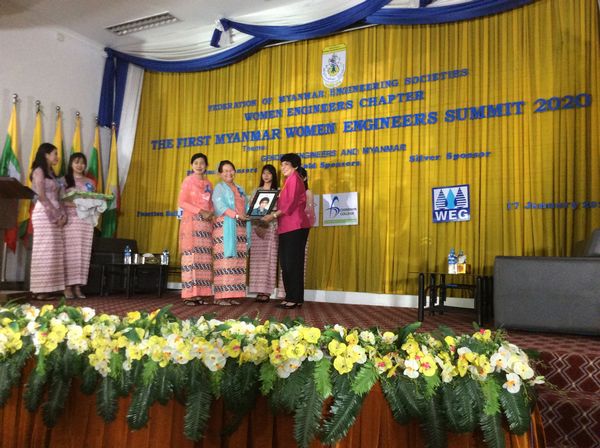
Dr. Kanga (right) Receives a Certificate as a Keynote Speaker
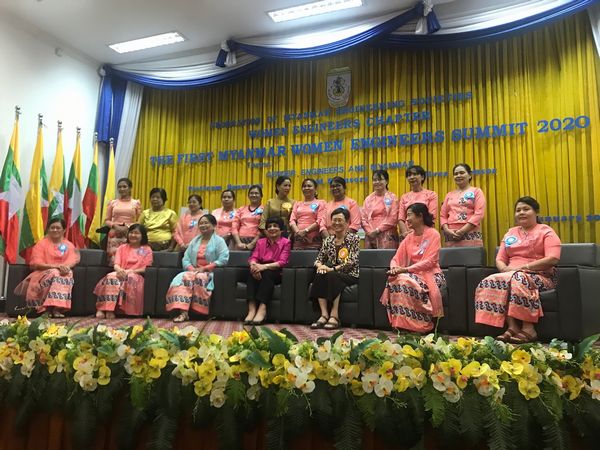
Speakers of MWES 2020
【Reported by Kiko Yamada-Kawai, Researcher, Tokyo Institute of Technology 】
“A Beginners Manga Guide to Safety of Construction Sites (Vietnamese & Japanese Version)”
Since our founding in 1947, we at the Construction Research Institute have undertaken a variety of business activities centered on price surveys of major construction materials and the publication of related books in order to contribute to the advancement and development of construction businesses. In November 2016, regarding construction site safety which is still a major issue, we published “A Beginners Manga Guide to Safety of Construction Sites”, and in September 2019, we published a revised version of the book reflecting obligations to wear “full harness type” fall prevention equipment. Both versions of the book have been well received by readers. In the construction industry, the shift away from the industry by young people and its aging population are serious, and securing and fostering future leaders is an issue. Thus, overseas construction workers are now playing an active role at construction sites in Japan. Among them, Vietnamese workers boast the largest population, and therefore we drew up a plan to publish a manga in Vietnamese (scheduled for publication in early April 2020). The following introduces the features of the book.
★Features of book:
1) Consists of a Vietnamese and Japanese (with furigana) left and right spread.
By positioning Vietnamese and Japanese pages side by side, it can be read while comparing with the Japanese content. Hiragana ruby is also included on the Japanese pages, which is useful for studying Japanese.
2) “Unification of Safety Signs for Construction Accident Prevention” of the Japan Construction Occupational Safety and Health Association are printed in color.
Safety signs are directly connected to safety and need to be understood, and therefore they are printed in color and the book includes tables that show the Vietnamese and Japanese together.
3) “Terms related to construction site safety” are included with illustrations and explanations.
Among the technical terms related to safety at construction sites, terms particularly necessary on sites are illustrated and explained in an easy-to-understand manner.
With the role of the construction industry supporting disaster recovery and disaster prevention measures increasing, issues such as a shortage of workers and aging population are becoming more serious, and various initiatives raised by both the public and private sectors are being undertaken in order to make the construction industry more attractive. At the Japan Construction Research Institute, we will also continue to undertake various efforts to help solve these issues.
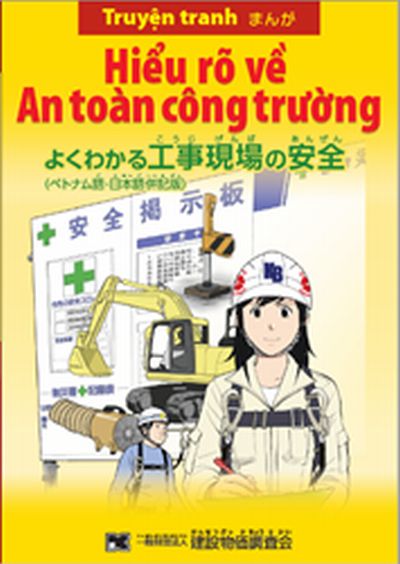
Cover
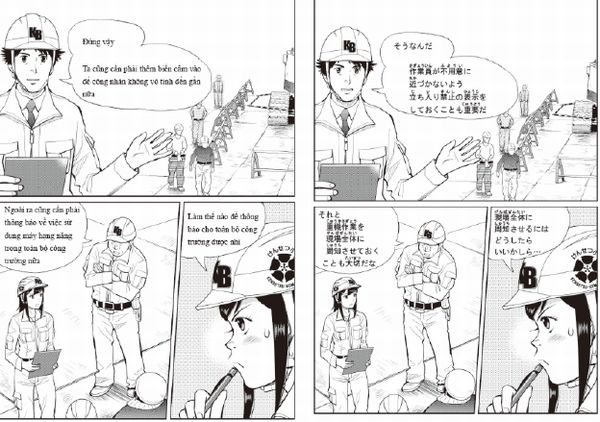
Main text (double-page spread with Vietnamese on the left side and Japanese on the right side)
【Reported by Construction Research Institute】
Transdisciplinary Approach for Building Societal Resilience to Disasters: ACECC TC21
- TC21 Session at the 2019 World Bosai Forum, Sendai, Japan -
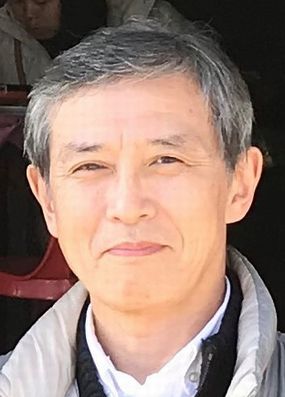
Senro Kuraoka
(Nippon Koei Co., Ltd., R&D Center)
As enhancing the incorporation of scientific knowledge in decision-making of planning and investment for Disaster Risk Reduction (DRR) has become more critical than ever, we have recognized the fact that disaster induced losses continue to grow. TC21, the 21st committee of Asian Civil Engineering Coordination Council (ACECC) is promoting the Transdisciplinary Approach (TDA), which is a scheme to optimize organizational structures and processes to exercise scientific knowledge-based decision-making.
TC21 has conducted surveys and symposiums in its first term (2016- 2019) to clarify and share the effects and necessity of TDA, which are summarized in the report: Transdisciplinary Approach (TDA) for building Societal Resilience to Disasters - Concepts and case studies for practicing TDA -, ISBN: 978-4-8106-1014-7 (http://www.acecc-world.org/TC21/).
TC21 held a session at the 2nd 2019 World Bosai Forum (WBF, November 9th~12th) as the first activity of its second term. The WBF, that brings all sectors and stakeholders together, was established in Sendai, Japan in partnership with the International Disaster and Risk Conference (IDRC) in Davos, Switzerland.
The session of TC21 focused on sharing the actual examples of DRR activities that demonstrate the significance and effectiveness of TDA. The session started with a keynote address by the co-chair, Hon. Romeo Momo, Philippines, followed by presenters from Japan and invited speakers from abroad: Mr. Sumedi Andono Muly (Ministry of National Development Planning:BAPPENAS) Indonesia, Dr. Paudyal Youb (National Reconstruction Authority, Nepal:NRA), Dr. Khamarrul Razak (Universiti Teknologi Malaysia:UTM).
The presentations and discussion clarified that TDA was effective in disseminating scientific knowledge and sharing past disaster experiences, with all states and generations.
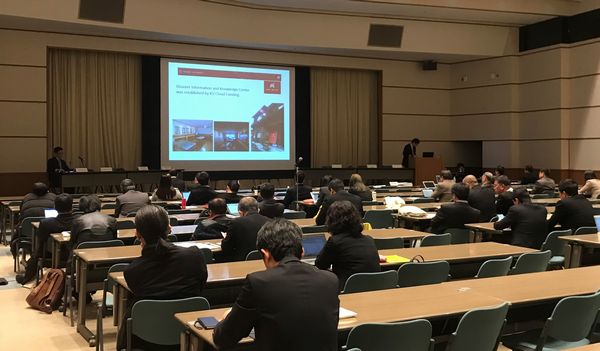
TC21 Session at WBF
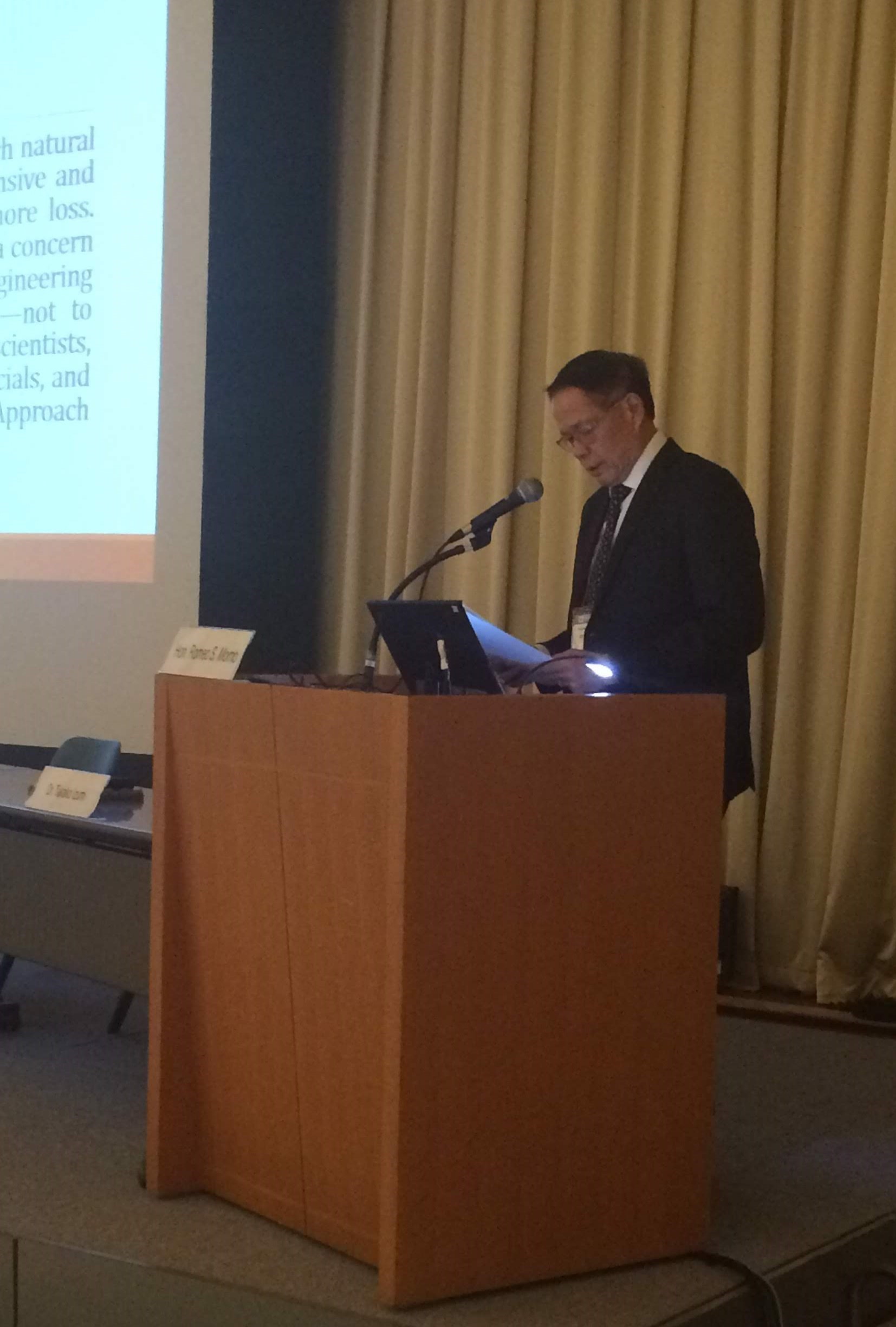
Mr. Hon. Romeo Momo, the Co-chair of TC21
【Reported by Senro Kuraoka, Nippon Koei Co., Ltd., R&D Center】
Updates
-
Up-coming Events
Japanese Civil Engineers the Global Leaders Symposium Series No.16 (June, 2020) -
IABSE-JSCE 4th Joint Conference, Advances in Bridge Engineering
http://www.iabse-bd.org/2020/ -
ASCE Lifelines Conference 2021
*The deadline for abstract submission is extended to May 5, 2020, due to COVID-19.
https://samueli.ucla.edu/lifelines2021 -
【Call for Abstracts】The Second International Conference on Press-in Engineering (ICPE) 2021, Kochi
https://icpe-ipa.org/ -
IPS Newsletter Vol.5, Issue 1 March 2020
https://www.press-in.org/en/news/detail/62 -
jhappy - JICA’s Grant Aid Cooperation -
Facebook: https://www.facebook.com/jhappy20161110/
Twitter: https://twitter.com/jhappy_official -
The International Infrastructure Archives
– A Compilation of Japan’s Greatest Projects in Transfer of Civil Engineering Technology in Service –
http://www.jsce.or.jp/e/archive/ - IAC “News Pick Up!!” on the JSCE Japanese website
http://committees.jsce.or.jp/kokusai/node/138
- Summary of featured articles in JSCE Magazine Vol. 105, No.4, April 2020
http://www.jsce-int.org/pub/magazine
- Journal of JSCE
https://www.jstage.jst.go.jp/browse/journalofjsce
IAC News Subscription
The IAC News is one of the communication tools to share information and ideas with the members. We would like to invite you, your friends and colleagues to join the communication and to subscribe the IAC News. Please register online: (http://www.jsce-int.org/node/150). We look forward to meeting you.
